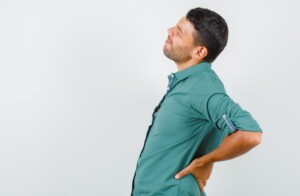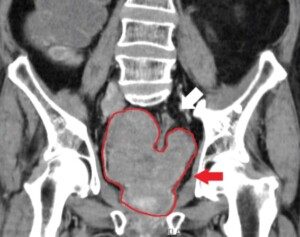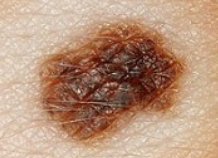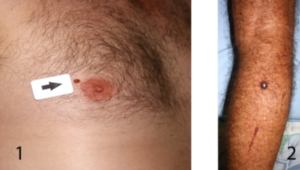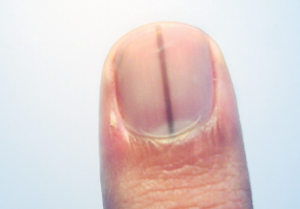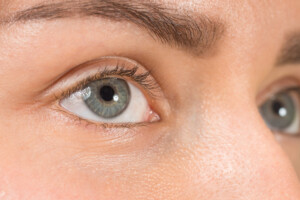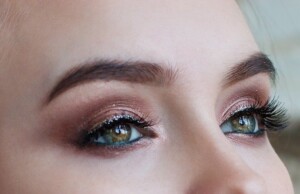Are you autistic and at times find you can’t keep your legs still while seated or in bed?
Could this be a “stimming attack” or is it restless leg syndrome?
Is there a way to distinguish between the urge to stim, which often involves leg movements, and an episode of restless leg syndrome?
I’m autistic, and there’ve been a number of occasions in which I absolutely cannot refrain from dramatic movement of my legs while at my computer or once I get into bed for the night.
The key word here is dramatic. Normally, I can’t keep my legs still while seated anywhere.
This is due to the drive to stim — self-stimulatory behavior of repetitive movements.
The degree of movement is mild to moderate – nothing overly dynamic.
But there’ve been times when doggone, the impulse to move my legs is very intense – resulting in more aggressive movement.
It’s impossible to tone it down. The urge feels distinctly different when compared to my usual need to leg stim while at my computer, while watching TV or settling into bed at nighttime.
So I’ve begun wondering if these were episodes of restless leg syndrome.
However, we need to consider the “syndrome” part of the restless leg condition.
In this condition, the extreme urge to keep the legs moving is accompanied by unpleasant sensations of tingling, pulling or creepy crawlies in the legs.
I never have any of that when my impulse to continuously keep my legs in motion becomes overwhelming.
In fact, my legs feel no different than they normally do, other than how legs would feel if kept in aggressive motion.
I’ve decided that when these occasions occur, it’s just an exceptionally intense compulsion to stim away.
But this still begs some questions:
• If this is true autistic stimming, why are only my legs affected? I’ve always engaged in various repetitive movements involving my hands and fingers.
However, it never gets unusually dramatic. One might say that’s because at a computer, my hands and fingers are occupied. True.
But not when I’m watching TV. So why doesn’t the stimming act up in my hands while seated before the TV?
• That’s a good question, but it certainly doesn’t rule out that the lower extremity drama is autistic stimming.
• And remember, a great case for this coming down to ASD is that there’s none of the tingling, crawling or pulling sensations.
• The heightened episodes, as mentioned, occur at my computer, while watching TV and after I get into bed for the night. They are very uncommon.
However, the bulk of these occurrences happens while at the computer, followed by bedtime, and in distant third place, the TV. Now that’s very interesting indeed.
Seems to me that RLS wouldn’t care where I was located or what I was doing.
RLS is more common at night and while lying down, but it doesn’t make sense that this disorder would occur mostly while I’m at the computer.
On the other hand, I can easily see how computer work could somehow trigger occasionally very intense stimming.
But why would bedtime create this trigger? I’ve actually had difficulty falling asleep due to legs that couldn’t stop moving.
There is no diagnostic test for RLS; the diagnosis is made based on the patient’s report and a clinical exam.
The Final Verdict
Yes, I’m going with Autism Spectrum Disorder here.
Funny thing, though, before my diagnosis of autism – when I had no idea I was on the Spectrum – I had attributed the occasional episodes of inability to keep my leg movements to a minimum to restless leg syndrome.
Is it possible to have both ASD and RLS? Well, why not? But I don’t believe that’s the case for me, simply because I don’t have the syndrome part of RLS.












